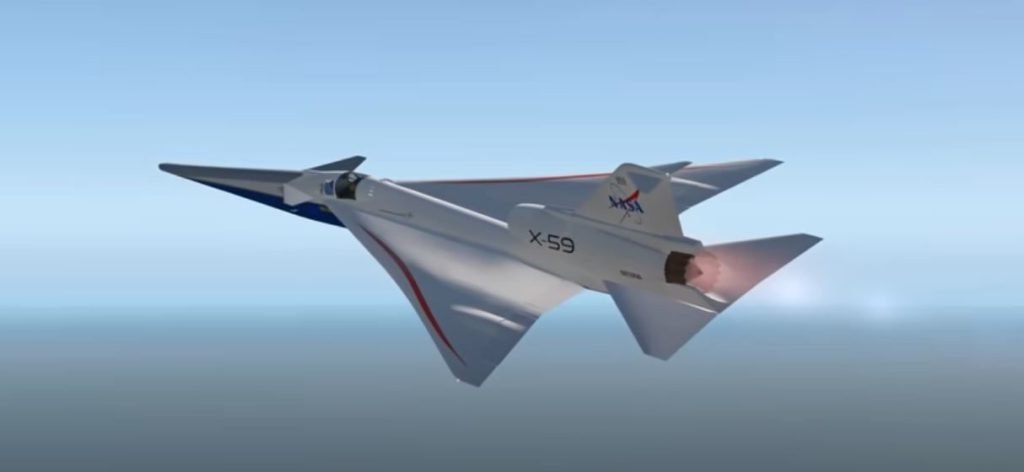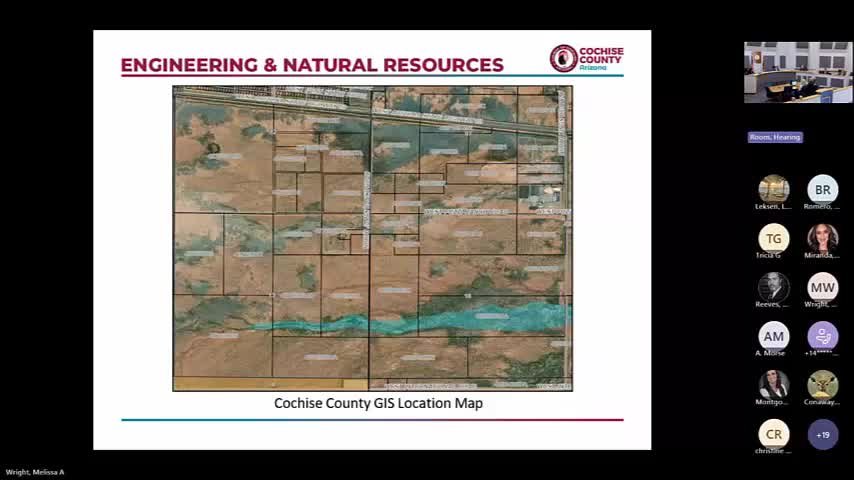NASA and Lockheed Martin unveiled the X-59 supersonic aircraft Friday, which is expected to pave the way for quiet supersonic flight.
“NASA will use this unique experimental plane to collect data that could revolutionize air travel and pave the way for a new generation of commercial aircraft that can fly at speeds exceeding the speed of sound. That's what I'm aiming for.” according to NASA press release.
According to a press release, NASA considers the X-59 to be “the centerpiece of NASA's Quest mission.” The mission hopes to provide data to regulators that will help them reconsider rules banning supersonic flights over land.
“This is the X-59, a single-seat “This opens up the possibility of commercial supersonic flight over land, which has been prohibited since 1973.”
This is not a rendering.
This is the X-59, a single-seat X airplane intended to reduce the sound of sonic booms to mere impact sounds. This opens the possibility of commercial supersonic flight over land, which has been prohibited since 1973. Look out for the first flight. pic.twitter.com/7MZQZoyVjG
— Lockheed Martin (@LockheedMartin) January 12, 2024
Previously, supersonic flights over land were prohibited due to interference from large sonic booms from airplanes, according to a press release.
According to a press release, the plane's dimensions are 99.7 feet long and 29.5 feet wide. Its narrow nose makes up most of its length and is designed to disperse shock waves that would normally cause large sonic booms. This design includes an engine mounted on top of the aircraft with a smooth underside to prevent shock wave merging, further preventing sonic booms.
According to NASA, the cockpit is located approximately halfway down the plane. Since there are no windows in the front, a series of high-resolution cameras feed images to monitors in the cockpit. (Related: NASA spacecraft sends cat video to Earth 19 million miles away).
“This is a major accomplishment made possible only through the hard work and ingenuity of NASA and the entire X-59 team,” NASA Deputy Administrator Pam Melroy said in a press release. “In just a few years, we have turned an ambitious concept into a reality. NASA's X-59 is helping to change the way we travel, bringing us closer together in far less time. I'll give it to you.”
The X-59 is scheduled to take off later this year, according to a press release. The Quest team will conduct several tests before being transferred to NASA's Armstrong Flight Research Center in Edwards, California. Once the aircraft passes the test, it will fly over a number of future cities across the United States, collecting data on the sounds it makes and how people perceive them.







